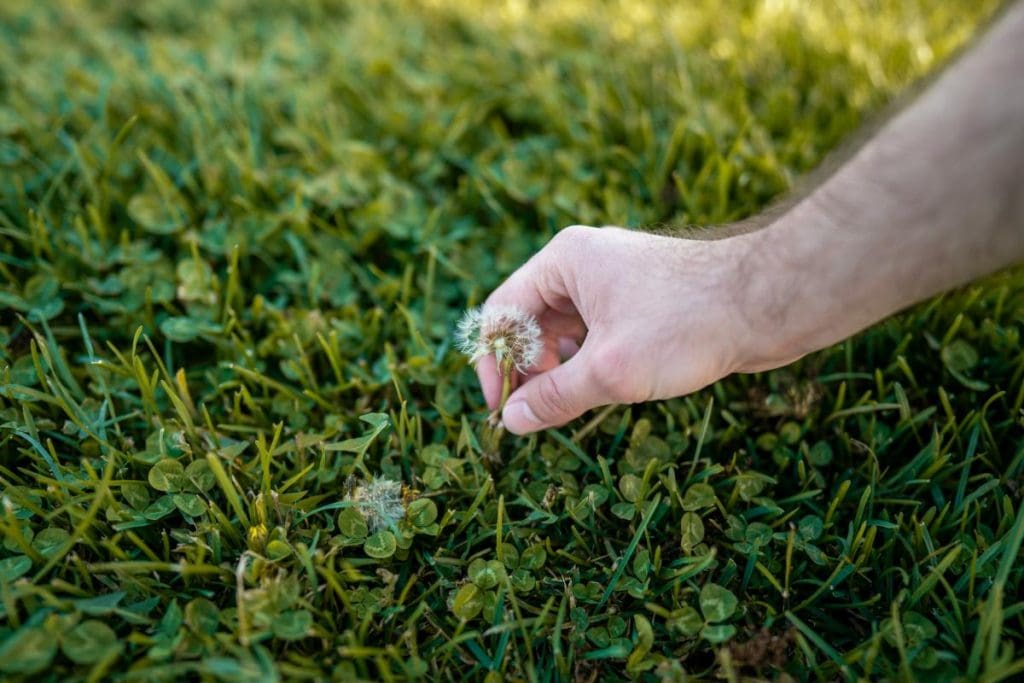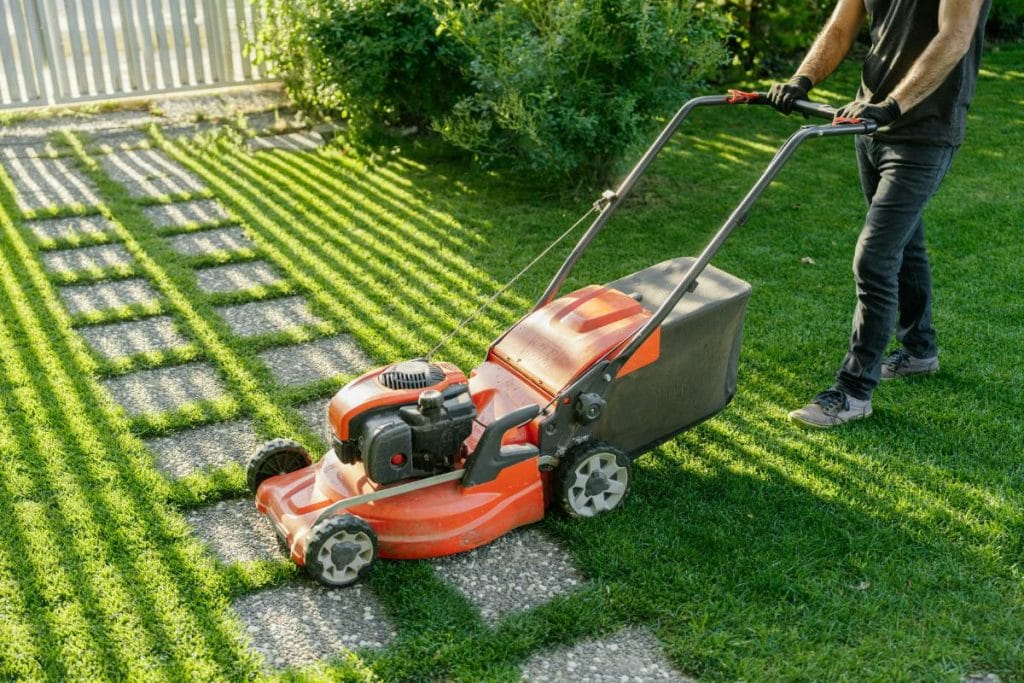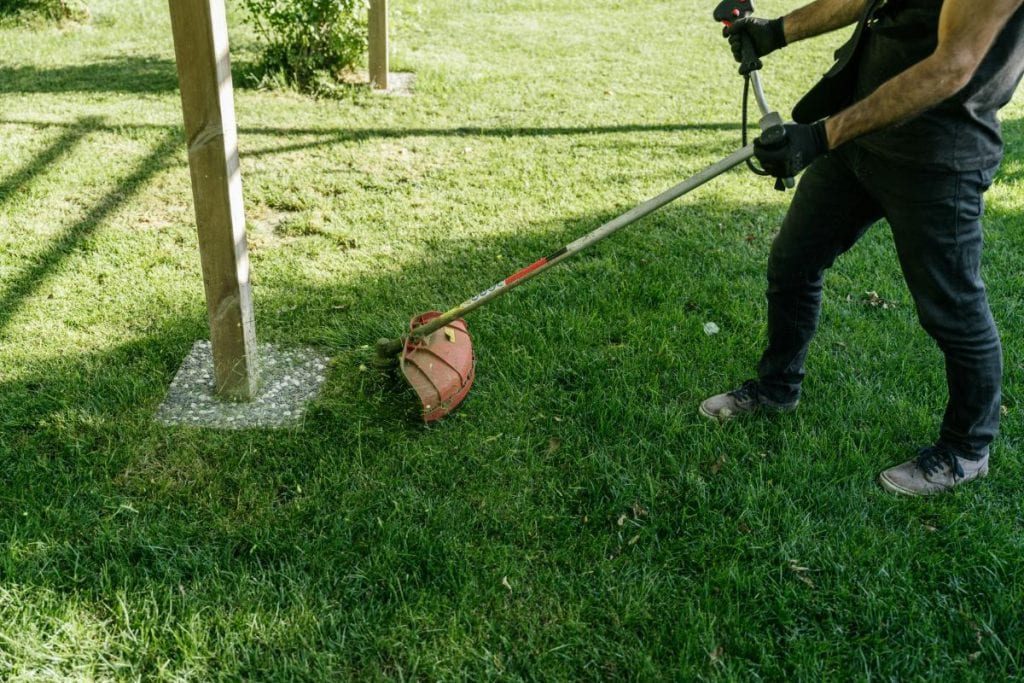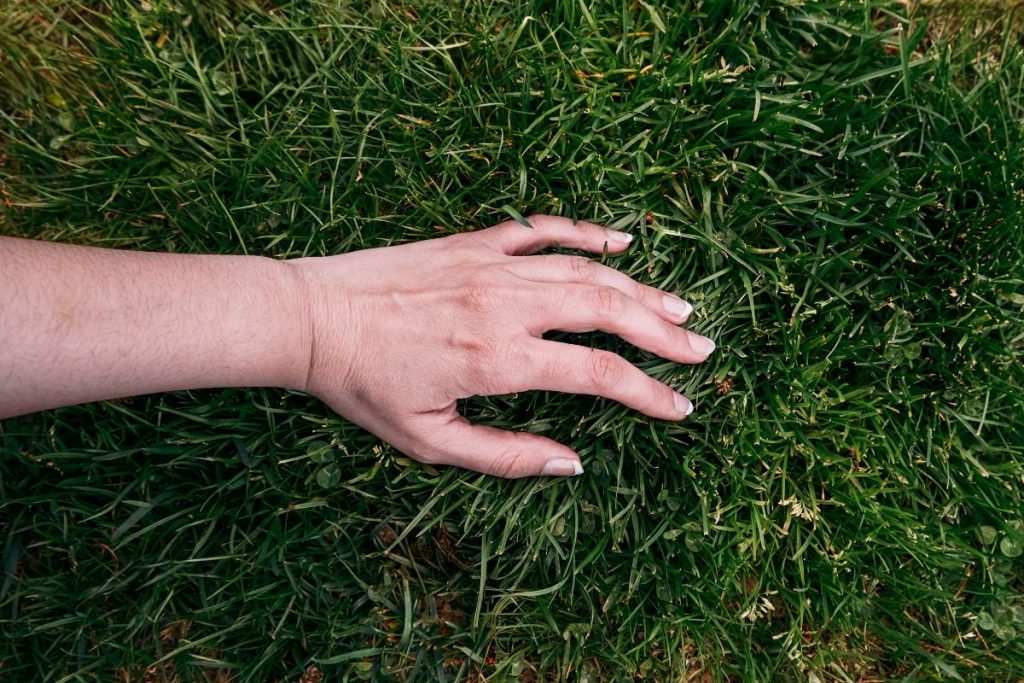
Summer is here, and that means more time spent outside soaking up the sun, firing up the grill, and letting the kids or dogs run wild in the yard. But if your lawn is looking more sad than stunning, it might be time for a little extra TLC. Between heat waves, surprise thunderstorms, weeds, and pests, your yard goes through a lot during the summer months. The good news? You don’t need a team of landscapers or a huge budget to keep things looking great.
These 10 practical tips will help you maintain a yard that’s healthy, green, and ready for summer fun—all season long.
1. Stay on Top of Weed Control
Weeds are unsightly, sure, but they also compete with your grass and plants for nutrients, water, and sunlight. If they take over, your yard can quickly go from manicured to messy. The key is to catch them early and be consistent.
Hand-pulling weeds is great for small patches, especially after a rain when the ground is soft, but for larger or more persistent problems, you may need backup. If you’re dealing with invasive weeds or ongoing lawn issues, working with a professional in weed control Lakeland, TN can help you get ahead of the problem and prevent it from coming back.

2. Mow Regularly (But Not Too Short)
It might be tempting to mow your grass super short to stretch out the time between cuts, but that actually does more harm than good. Taller grass shades the soil, which helps retain moisture and crowd out weeds.
A good rule of thumb is to never cut more than one-third of the grass height at a time. Keep your mower blades sharp and consider leaving the clippings on the lawn—they act like a natural mulch and feed your soil.

3. Water Smart, Not More
More water doesn’t always mean better results. What your lawn really needs is deep, infrequent watering. Aim for about an inch of water per week, including rainfall.
The best time to water is early morning before the sun gets too hot. This helps prevent evaporation and gives your grass time to dry out before nightfall, which reduces the risk of fungal diseases. Avoid watering in the evening when moisture can sit on the grass overnight.
4. Feed Your Lawn Strategically
Grass needs food to thrive, especially during the stress of summer heat. But you don’t want to overdo it—too much fertilizer can burn your lawn.
Use a slow-release fertilizer formulated for summer use, and always follow the label instructions. If your lawn still looks dull or patchy after fertilizing, it may be worth testing your soil to see what nutrients it’s missing.

5. Trim and Edge for a Clean Look
A little trimming and edging can go a long way in boosting your yard’s appearance. Neat edges along sidewalks, driveways, and flower beds instantly make your lawn look more polished and well-maintained. Handheld trimmers or battery-powered edgers are great for small areas and don’t take much time to use after mowing.
6. Keep Pests in Check
Insects like grubs, chinch bugs, and even certain beetles can wreak havoc on your lawn during the summer. If you notice brown patches, wilting grass, or birds digging in certain areas, you might have a pest problem.
Natural remedies and DIY options are fine for small infestations, but serious issues may require a professional lawn care service to identify and treat the root of the problem.
7. Refresh Mulch in Garden Beds
Mulch doesn’t just look nice—it helps retain moisture, regulate soil temperature, and block weed growth. If your mulch has faded or thinned out since spring, consider adding a fresh layer. Stick to a depth of about two to three inches, and keep mulch away from the base of plants to prevent rot.
8. Prune Overgrown Plants and Shrubs
Overgrown bushes and trees not only make your yard look unruly, but they can also block sunlight and airflow, which are important for healthy grass and plant growth. Trim back dead or damaged branches and shape up shrubs to keep everything looking clean and tidy. Just avoid heavy pruning during peak heat, which can stress plants out.
9. Aerate High-Traffic Areas
Kids, pets, and foot traffic can compact the soil in certain areas of your yard, making it harder for grass roots to get air and water. Aerating those spots—either with a manual aerator or just a garden fork—can help relieve compaction and encourage deeper root growth. Focus on places that get the most wear and tear, like around patios or play areas.

10. Keep an Eye Out for Trouble
Regular walk-throughs of your yard can help you catch problems early before they spiral out of control. Look for signs like yellowing grass, bare patches, or unfamiliar weeds popping up. The sooner you notice an issue, the easier it is to fix. You can even keep a simple yard journal or checklist to stay on top of weekly tasks and observations.
A beautiful yard isn’t created overnight, but with a little consistency and the right strategy, you can keep your outdoor space looking fresh and inviting all summer long. Whether you’re planning backyard BBQs, playing catch with your kids, or just enjoying a cold drink on the porch, a well-maintained lawn makes it all feel a little more enjoyable.
